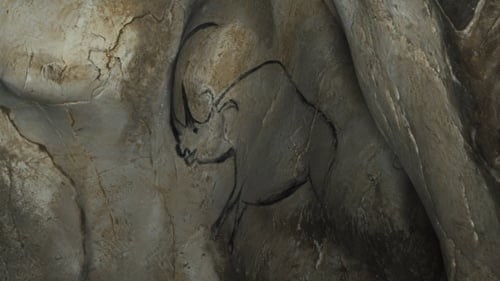Jean Clottes
Nascimento : , French Pyrénées
História
From Wikipedia, the free encyclopedia.
Jean Clottes is a prominent French prehistorian. He was born in the French Pyrénées in 1933 and began to study archaeology in 1959, while teaching high school. He initially focused on Neolithic dolmens, which were the topic of his 1975 Ph.D. thesis at the University of Toulouse. After being appointed director of prehistoric antiquities for the Midi-Pyrénées in 1971, he began to study prehistoric cave art in order to fulfill the responsibilities of that position. In the following years he led a series of excavations of prehistoric sites in the region. In 1992, he was named General Inspector for Archaeology at the French Ministry of Culture; in 1993 he was appointed Scientific Advisor for prehistoric rock art at the French Ministry of Culture. He formally retired in 1999, but remains an active contributor to the field.
To date he has written over 300 scientific papers, and has edited, co-edited, written, or co-authored a total of over 20 books. He has also lectured around the world, taught at the University of Toulouse and the University of California at Berkeley, and engaged in numerous public outreach and professional service activities.[1][2] He has received several honors from the French government and also from the Blue Tuareg people of the Sahara Desert, who made him an honorary Tuareg in 2007.
Description above from the Wikipedia article Jean Clottes, licensed under CC-BY-SA, full list of contributors on Wikipedia.


